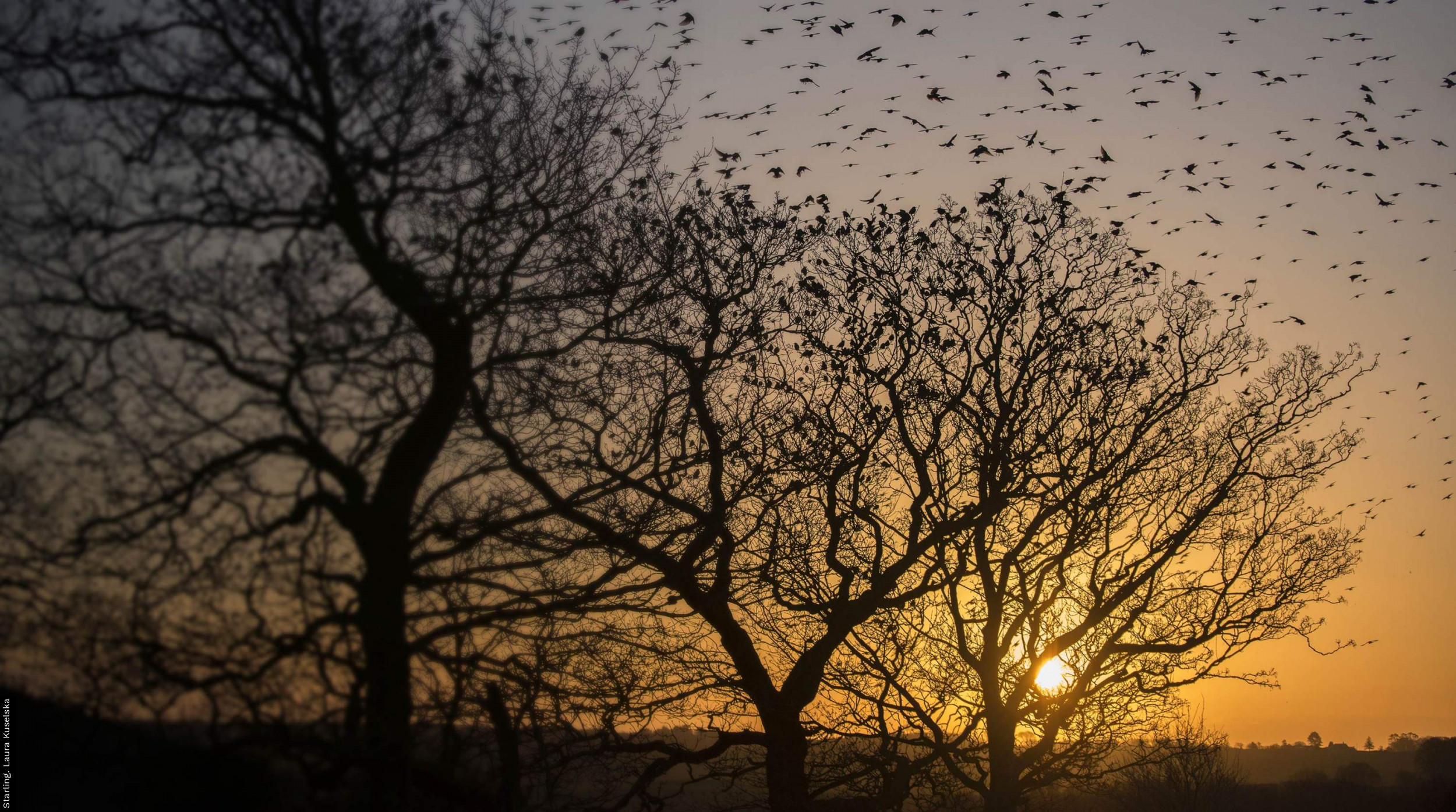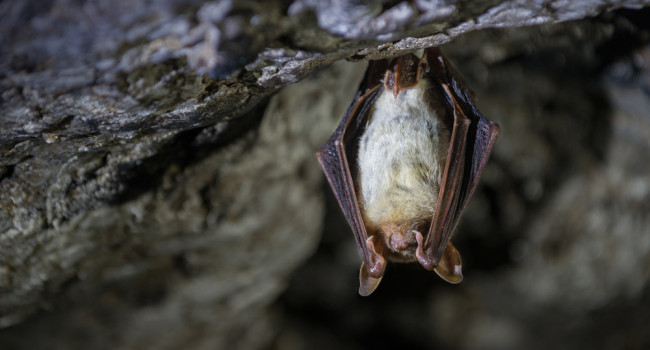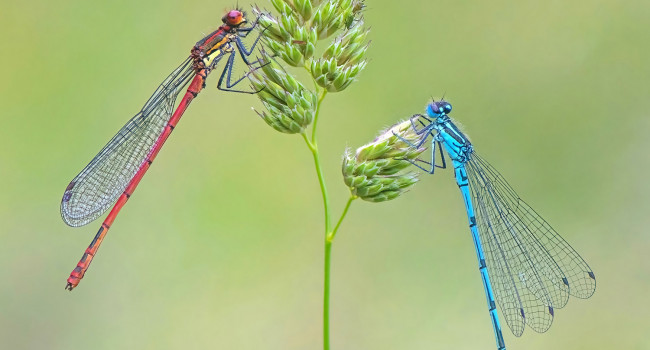Tree taxon effects on the phenology of caterpillar abundance and biomass

Author(s): Macphie, K.H., Samplonius, J.M., Hadfield, J.D., Pearce-Higgins, J.W. & Phillimore, A.B.
Published: December 2024
Journal: Oikos
Digital Identifier No. (DOI): 10.1111/oik.10972
The reliance of many woodland breeding birds on caterpillars to feed nestlings in spring has received considerable research attention, as birds often respond less to temperature change than caterpillars, a resource that is only present at high abundance for a matter of weeks. However, most work on mismatch between caterpillars and breeding passerines has focused on dynamics within oak-dominated woodlands. To date, little is understood about how the caterpillar peak varies among woodlands composed of different deciduous tree taxa, despite the wide range of woodland types lepidoptera and passerines breed and live in. Could some tree species and woodland compositions support the caterpillar population at a higher abundance or across a longer period of time, thus buffering the negative consequences of mismatch?
This study uses data on caterpillar abundance and biomass collected throughout spring across 44 sites in Scotland over 10 years. Sites varied in woodland composition with 10 main deciduous trees: alder, ash, beech, birch, elm, hazel, oak, rowan, sycamore, willow. The results found that birch, oak and willow support the greatest numbers of caterpillars, with the peak on oak and willow also lasting roughly a week longer than average. Oak also stood out as an exceptional host through a knock-on effect on abundance throughout the local woodland, with more caterpillars found on branches of any tree species when oak trees were present or at higher density.
In considering whether woodland tree composition is likely to buffer the negative consequences of mismatch, the study concludes this is unlikely to occur to great effect, as the caterpillar peak is not distinctly timed on different trees, with would maximise the overall spread of the peak within a woodland. However, when mistimed and breeding in a woodland lacking oak, birch or willow, birds able to travel to and forage in woodland containing these trees, with higher and longer lasting abundances of caterpillars, may be buffered more than those who are unable to.
This study highlights the value of broadening the range of habitats in which we study key impacts of climate change, with implications for conservation, resilient forestry planting and management decisions.






Share this page